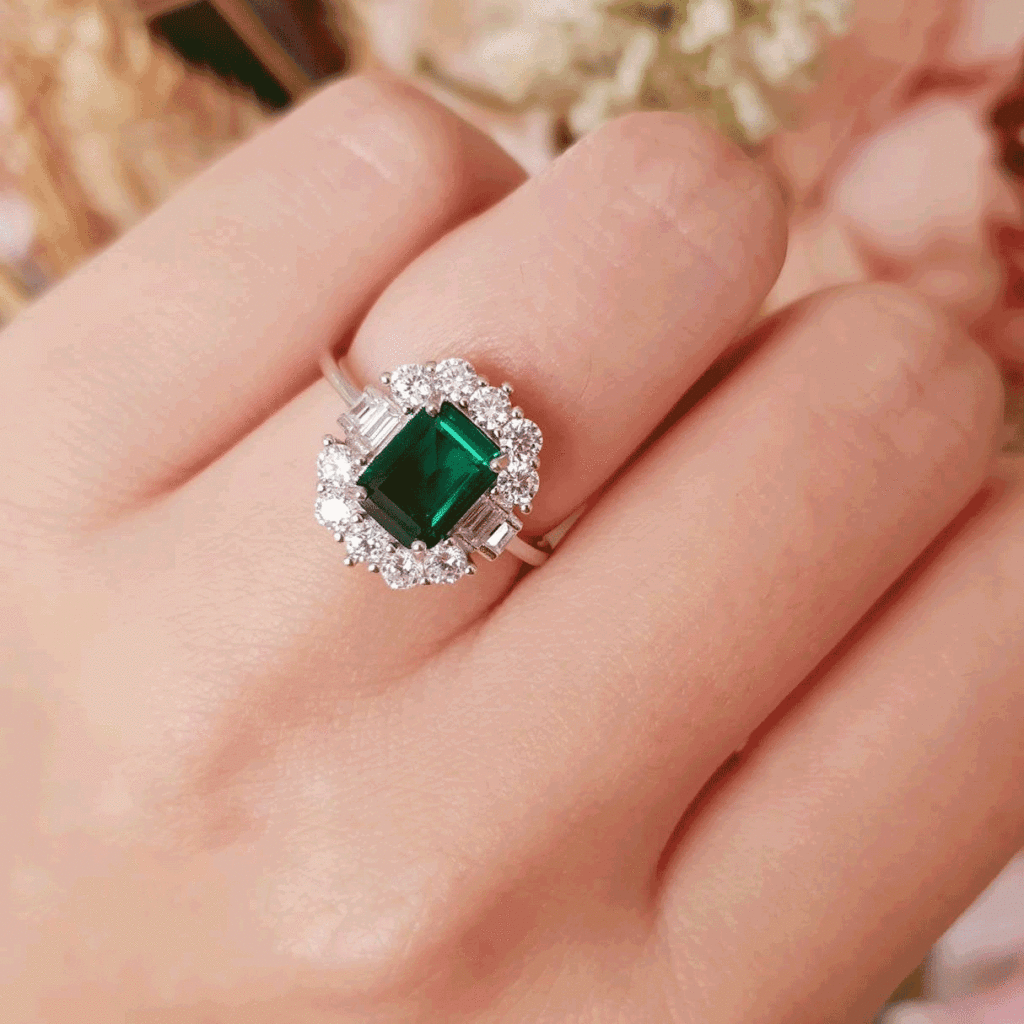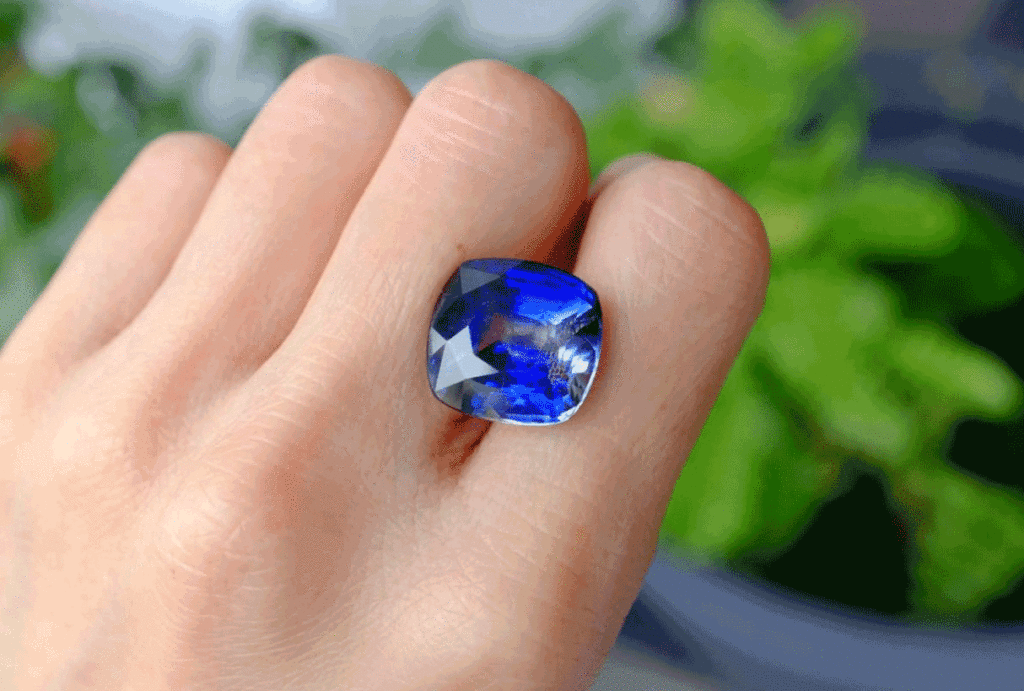Gemstone, any of various minerals highly prized for beauty, durability, and rarity. A few noncrystalline materials of organic origin (e.g., Sapphire, Ruby, and Emerald) also are classified as gemstones.

Gemstones have attracted humankind since ancient times, and have long been used for jewelry. The prime requisite for a gem is that it must be beautiful. The beauty may lie in colour or lack of colour; in the latter case, extreme limpidity and “fire” may provide the attraction.

Iridescence, opalescence, asterism (the exhibition of a star-shaped figure in reflected light), chatoyance (the exhibition of a changeable lustre and a narrow, undulating band of white light), pattern, and lustre are other features that may make a gemstone beautiful. A gem must also be durable, if the stone is to retain the polish applied to it and withstand the wear and tear of constant handling.

In addition to their use as jewelry, gems were regarded by many civilizations as miraculous and endowed with mysterious powers. Different stones were endowed with different and sometimes overlapping attributes; the diamond, for instance, was thought to give its wearer strength in battle and to protect him against ghosts and magic. Vestiges of such beliefs persist in the modern practice of wearing a birthstone.

Of the more than 2,000 identified natural minerals, fewer than 100 are used as gemstones and only 16 have achieved importance. These are beryl, chrysoberyl, corundum, diamond, feldspar, garnet, jade, lazurite, olivine, opal, quartz, spinel, topaz, tourmaline, turquoise, and zircon. Some of these minerals provide more than one type of gem; beryl, for example, provides emeralds and aquamarines, while corundum provides rubies and sapphires. In virtually all cases, the minerals have to be cut and polished for use in jewelry.


